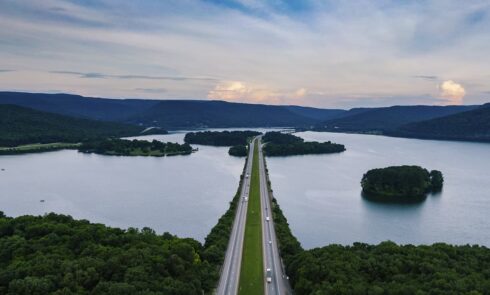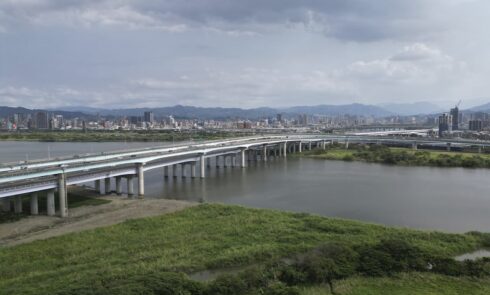In the United States in the mid-twentieth century, numerous dams were built in arid areas to create available water. In the United States, the construction of large dams and associated transportation systems to manage water demand has been slowed.
In any case, the normal lifespan of a dam is 50 years, and by 2020, 85% of dams in the United States will exceed 50 years. Development of dams continues in many countries around the world. After some time, the limit of all dams decreases as residues accumulate behind them. An estimated 1% of the world’s dam capacity limit is lost every year due to sediment accumulation.
Water use and consumption
Water from various assets is taken back to be used and utilized in various human physical activities. The term “use” refers to every human movement for which a portion of the water taken is returned for reuse (e.g., cooking water, laundry water, and wastewater). Conversely, disposal means that the water taken is not recovered. For example, evaporation of water from plants is discharged into the environment and is considered non-renewable.
Freshwater withdrawals in the United States, including the water supply system, are approximately 1600 billion liters per day, or about 5500 liters for each person. Of this amount, about 80% comes from surface water and 20% is returned from groundwater (USBC 2003). Normal withdrawals are 1970 liters per day for all causes worldwide. About 70% of the water collected worldwide is absorbed and cannot be recovered.
Agriculture and water
Plants need water for photosynthesis, development, and reproduction. The water used by plants is not renewable because some of the water is converted into part of the plant’s complex cosmetics and the rest is released into the climate.
Carbon dioxide fixation and temperature control procedures expect plants to deploy gigantic amounts of water. Different products use water at rates of 300 and 2000 liters for each kilogram (kg) of dry matter of the resulting crop.
The normal global movement of water into the environment by transpiration of vegetation from terrestrial biological systems is estimated to be approximately 64% of all precipitation that falls on Earth.
The basic soil moisture content, the basis for crop development, varies. For example, potatoes in the United States require 25% to half; hay, 30% to half; and corn, half to 70%. It is believed that rice in China requires soil moisture of at least 80%. Precipitation patterns, temperature, vegetation cover, abnormal amounts of natural soil problems, dynamic soil biota, and water overflow all affect the penetration of precipitation into the soil where plants use it.
The water required to fertilize and clean crops ranges from about 300 to 2000 liters for each kg of dry yield. For example, in the United States, 1 hectare of corn with a yield of about 9,000 kg per hectare uses about 6 million liters of water per hectare during the development season. In contrast, an additional 1 to 2.5 million liters per hectare of soil moisture is dissipated into the environment.
This means that the corn development season requires about 800 mm of precipitation (8 million liters per hectare). Indeed, even with annual precipitation of 800 to 1000 mm in the U.S. Corn Belt, corn occasionally experiences water shortages during its main summer development period.


